May is a great month for spotting wildlife, especially the insects and birds that flit energetically about the countryside, in our local parks and gardens in search of spring food.
From feeding puffins and endangered orchids to William Wordsworth's favourite view, we’ve come across some amazing photography while putting together the May 2021 issue of BBC Countryfile Magazine. Celebrate the month with a few of our favourite images.
Enjoy spring wildlife and nature with our photo gallery of beautiful photographs from around the UK countryside in May.
Leap of faith

A brown trout leaps to catch a mayfly, propelling itself out of the water. Brown trout are found in clean, well-oxygenated rivers and lakes and occasionally canals, and are Britain’s only native trout species. However, the sheer variety of colouration and behaviour means that it has been considered to be many different species over the years.
Timberman beetle
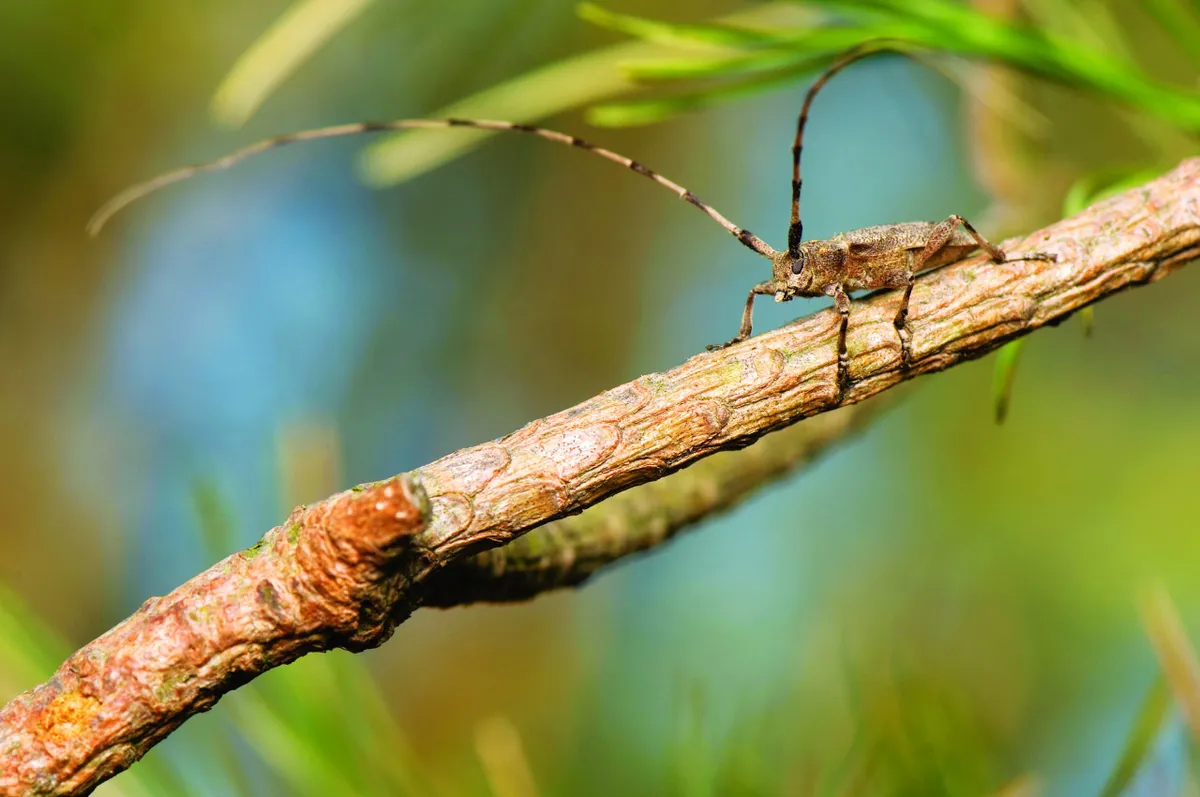
Although not the prettiest or most colourful of our longhorn beetles (for which the titles should probably be awarded collectively to the rufous-shouldered, two-banded, violet and wasp longhorn beetle species), the timberman beetle has certainly got the most impressive ‘long horns’, or antennae. On the males, these can measure four and a half times the length of their body. It’s a rare species, restricted to Scots pine forests in the Highlands of Scotland.

Playtime for cubs

As most of us are spending more time in our homes and gardens, we’re paying more attention to the wildlife around us. Foxes live alongside millions of people in the UK, often going unnoticed. But in May, as parents forage for their cubs, they roam in gardens and streets. The cubs are usually born in March and by May they can be seen playing and fighting around the den (often located under garden sheds or in deep hedge banks).
Louth Navigation
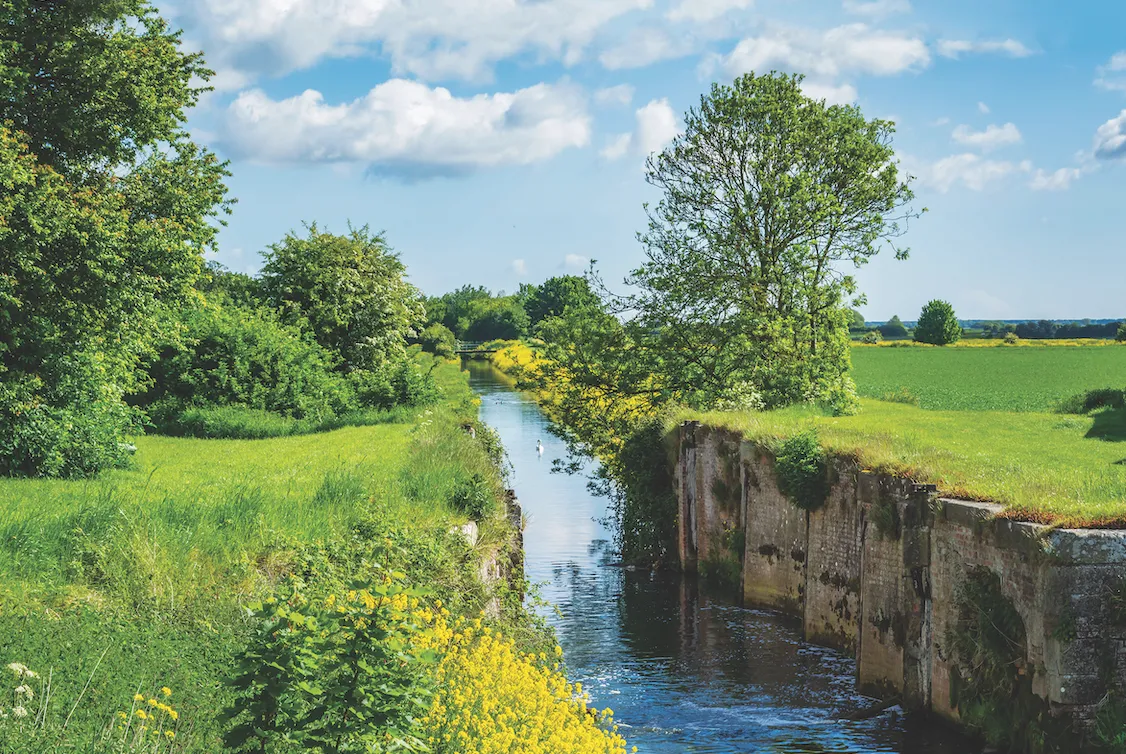
The 11-mile-long Louth Navigation, built to aid trade between the market town of Louth in Lincolnshire and the North Sea, was completed in May 1770. In the early 20th century, the canalised River Lud saw a rapid decline in use and, following the First World War, traffic ceased altogether. These days, the waterway is an important wildlife haven, where swans graze aquatic weeds from the overgrown banks and perch and sticklebacks stalk the margins.
Ruby-tailed wasp
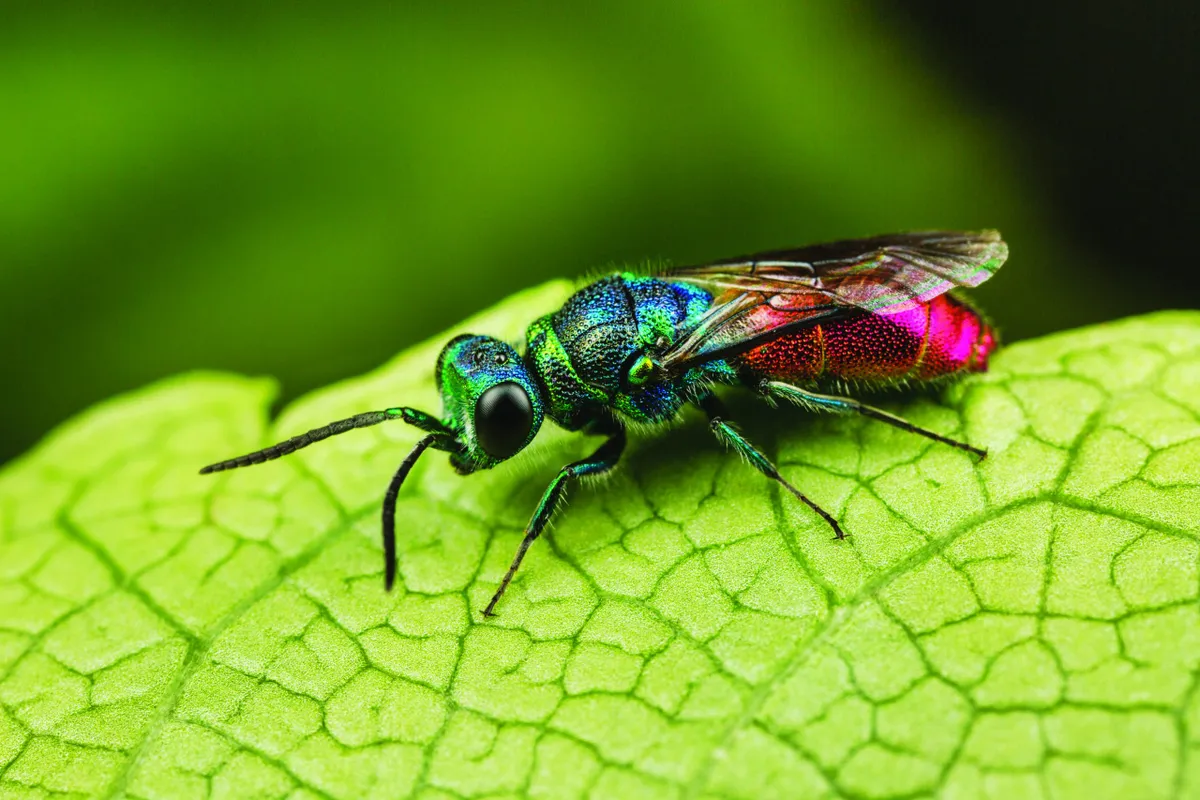
There are over 30 species of cuckoo wasp, with gorgeous metallic bodies in blue, green, purple and red. Many of them look extremely similar and they’re often grouped together as the Chrysis ignita group. As the family name suggests, ruby-tailed wasps are parasitic; the female enters a host’s nest – usually that of a red mason bee – and lays her eggs there. Her larvae then feed on the mason-bee eggs or larvae.
Loughrigg Terrace

Standing on the elevated path of Loughrigg Terrace, gazing down on Grasmere’s glistening waters, it is easy to appreciate why this beautiful scene became one of the most inspiring locations in English poetry.
As a young boy, William Wordsworth first encountered this extraordinary view while exploring the hills near his school in Hawkshead. The sight stopped him in his tracks, his eyes alighting on the valley’s crags and woody steeps, its church and stone cottages, and of course its lake, with its “one green Island and… winding shores”. “What happy fortune were it here to live,” he exclaimed; a wish echoed ever since by many who have stood and stared in the same spot.
Britain's most beautiful lakes
Win Green and Cranborne Chase

The Chase – now an Area of Outstanding Natural Beauty and a Dark Sky Reserve – lies across a chalk plateau with the cathedral city of Salisbury to the north-east and the hilltop town of Shaftesbury to the north-west.
Kept wild for centuries to accommodate hunting, Cranborne Chase is today sparsely populated with few roads and villages. At one time it was covered with 90 square miles of forest. Early in the 18th century, the hunting rights passed to the Pitt Rivers family and, after the rights ended in 1828, much of the forest was destroyed for management purposes. These days, it is a mostly chalk downland landscape of rolling hills and serene valleys, where fallow deer can still be seen.
Dark-edged bee-fly
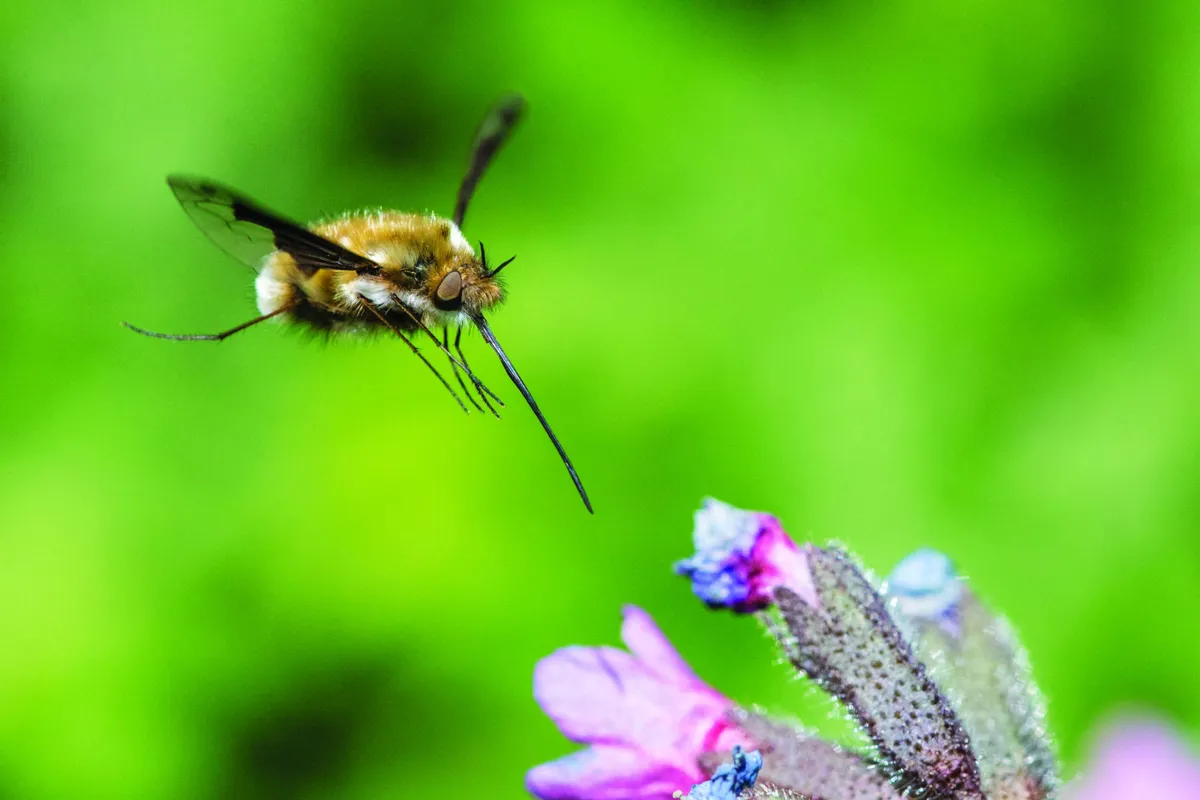
Feeding on nectar with their long, straight proboscis, bee-flies must be able to lay claim to being the cutest flies with their fluffy bodies and twerking motions. The latter is their technique for flicking their dust-coated eggs into the nests of solitary mining bees. When the bee-fly larvae hatch, they crawl further into the nest to attack and drain the bodily fluids from the bee larvae. Although this results in the death of the parasitised bee larvae, there is no evidence that bee-flies cause any decline in the solitary mining bee populations. The most common and widely distributed species in the UK is the dark-edged bee-fly, found across much of the country.
Langdales view
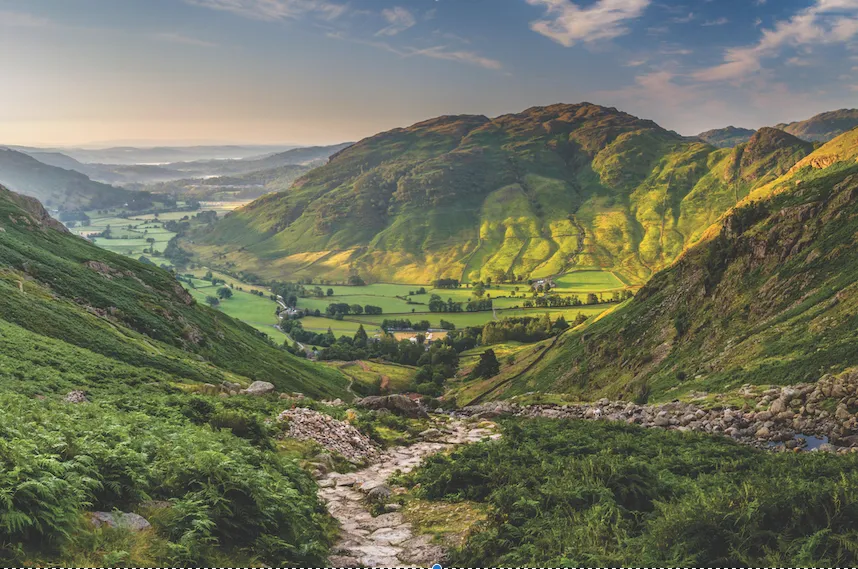
In the first version of his Guide to the Lakes, Wordsworth described Great Langdale as “a Vale which should on no account be missed”. This is one of the most sublime parts of the Lake District, dominated by the craggy towers of the Langdale Pikes.
The poet particularly admired Loughrigg Tarn as the “most beautiful example” of a small lake, writing: “It has a margin of green firm meadows, of rocks, and rocky woods, a few reeds here, a little company of water-lilies there, with beds of gravel or stone beyond.” The tarn remains an ideal picnicking spot or a good starting point for an invigorating circular walk through Great and Little Langdale.
Bittern, Norfolk
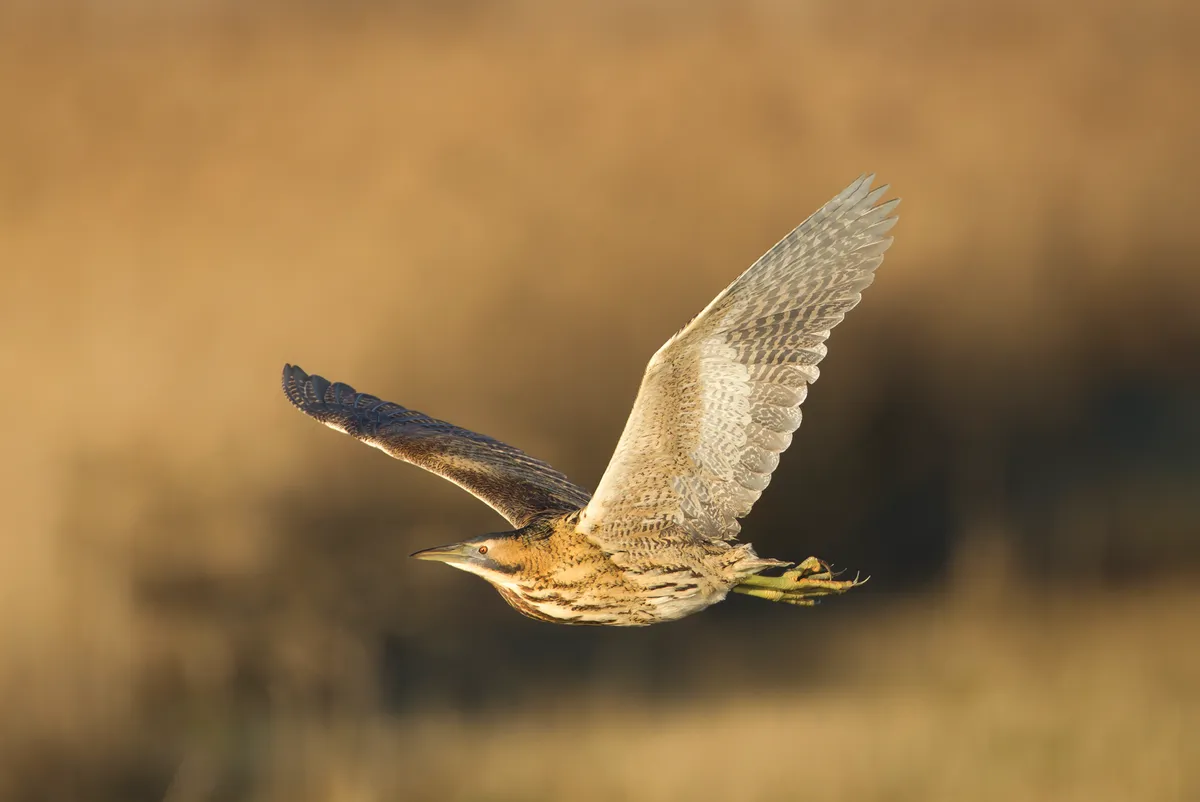
Close to falling silent in Britain 20 years ago, the bittern’s extraordinary booming song has returned to 80 of our wetland sites. The male bittern’s loud and mournful booming call is down to pure muscle power: strengthened muscles around its windpipe (oesophagus) expand, turning its gullet into a great echo chamber.
Ivelet Bridge, North Yorkshire
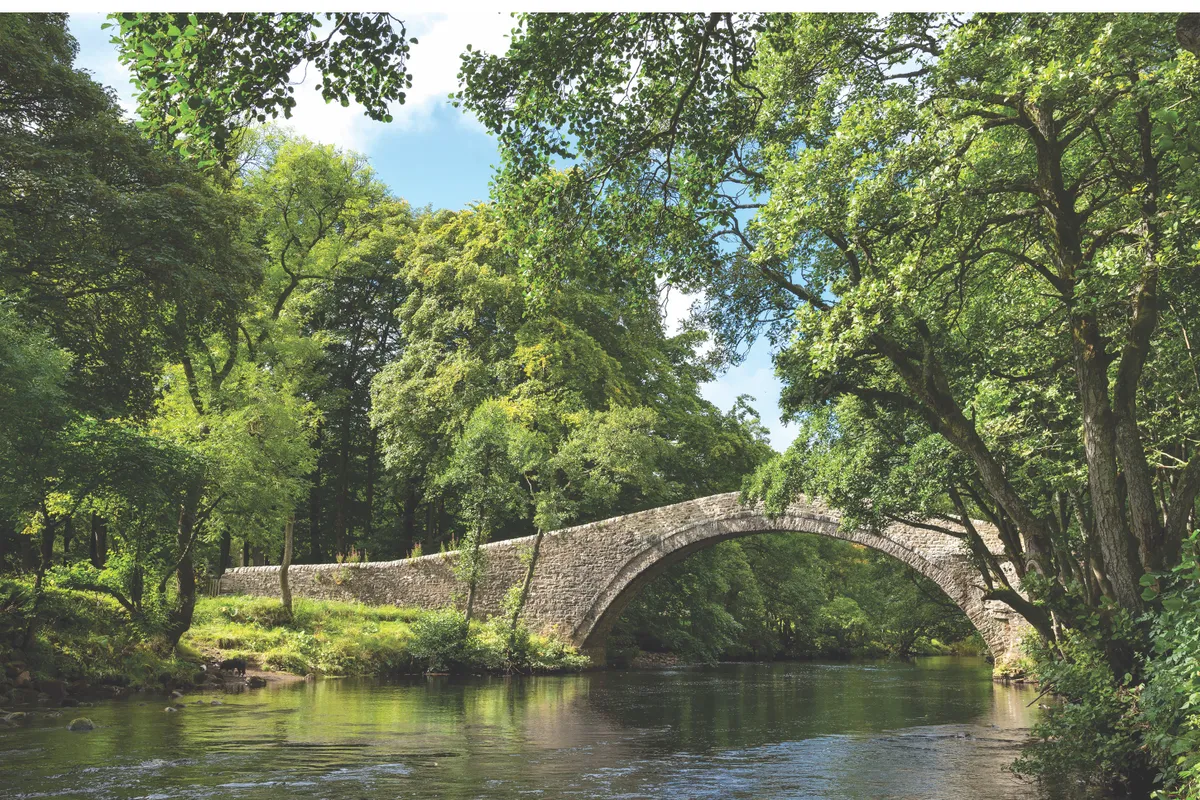
An old corpse road, now known as Corpse Way, once crossed Ivelet Bridge on its way to nearby Grinton in North Yorkshire. In late spring, Swaledale’s surrounding hay meadows burst into life with wildflowers – a colour bonanza best absorbed after a cup of Yorkshire tea and a slice of cake.
Loch Katrine, Stirlingshire
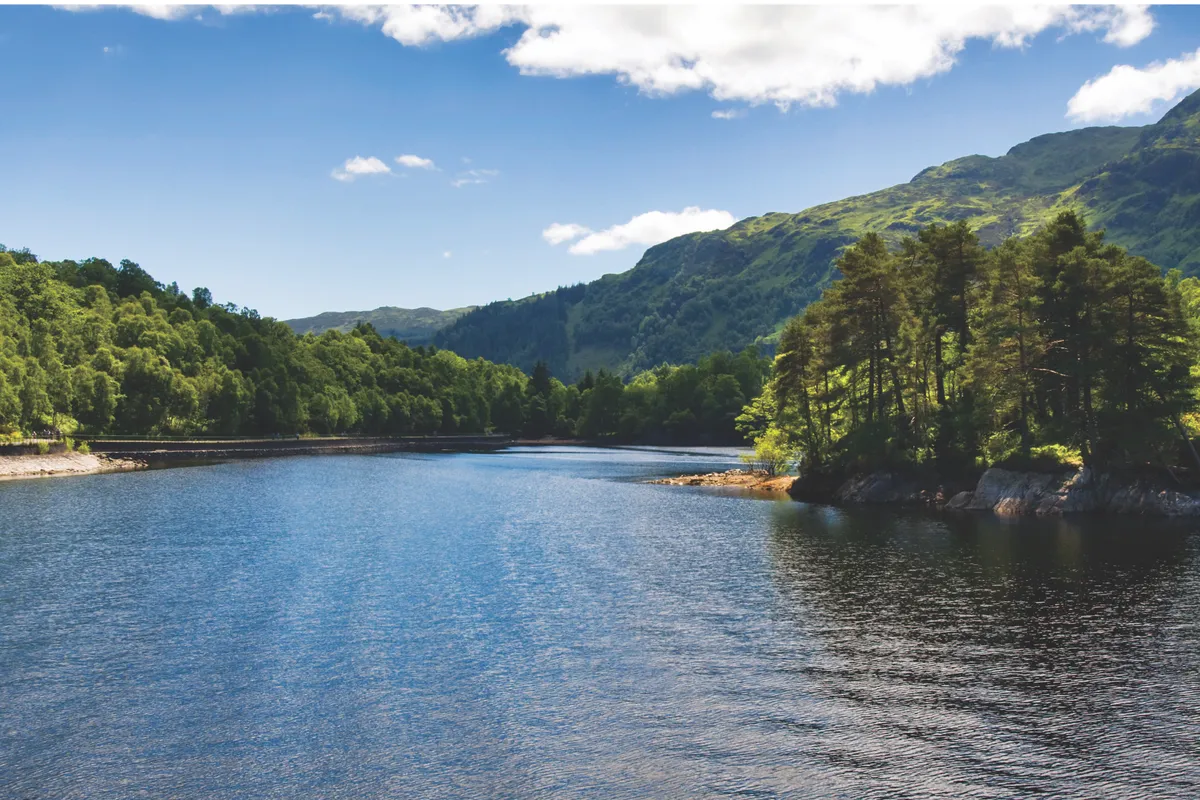
“The summer dawn’s reflected hue
To purple changed Loch-Katrine blue;
Mildly and soft the western breeze
Just kissed the lake, just stirred the trees”
wrote Sir Walter Scott in The Lady of the Lake, 1810
Tŷ Hyll, Betws-y-Coed, Conwy

Tŷ Hyll, or ‘the Ugly House’, is named for its colossal, crudely cut yet lovely stones. It’s a place of uncertain origin – a brigand’s hide-out, duke’s folly, or maybe a tŷ unnos (a home built in a day to secure ownership of land). What is certain is that it’s now a cosy tearoom selling fresh-baked delights and very, very good tea.
Ardnamurchan Peninsula, Highland
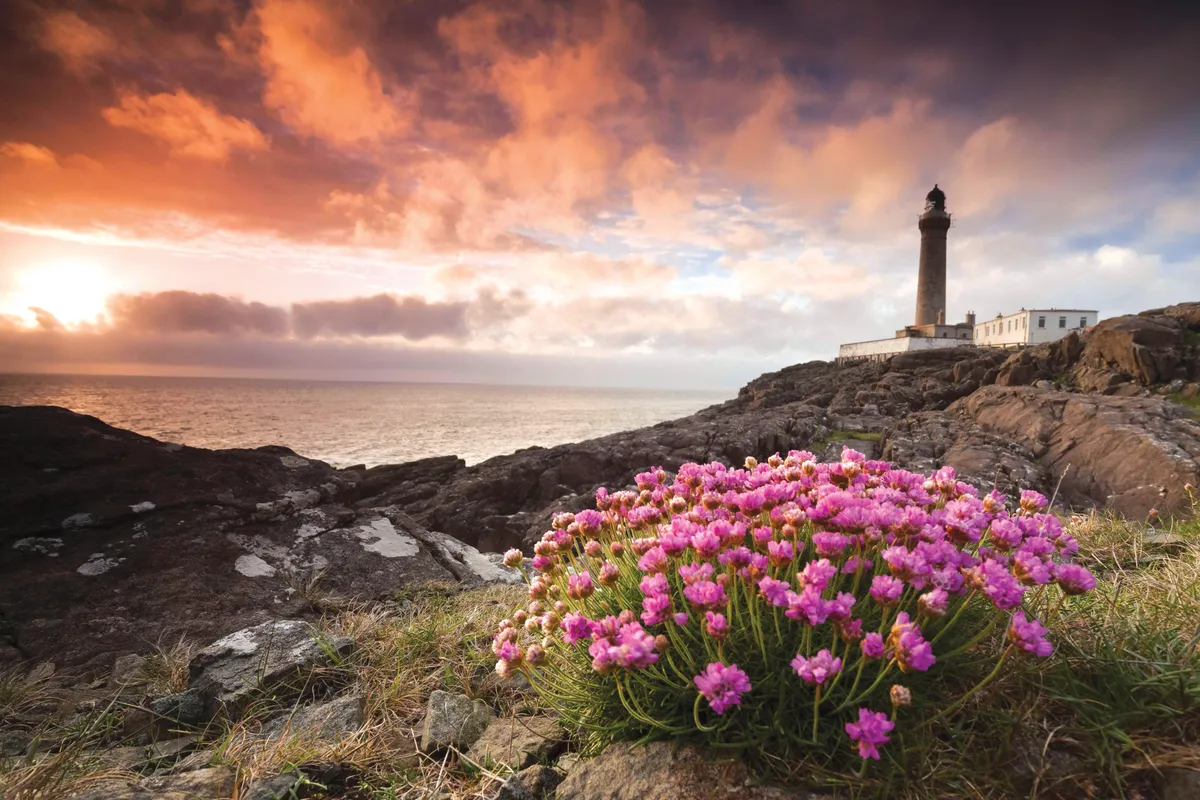
Built in 1849 using granite from the Isle of Mull, Ardnamurchan lighthouse sits west of Fort William. Housed in the original stable block, the atmospheric café offers a good selection of cakes.